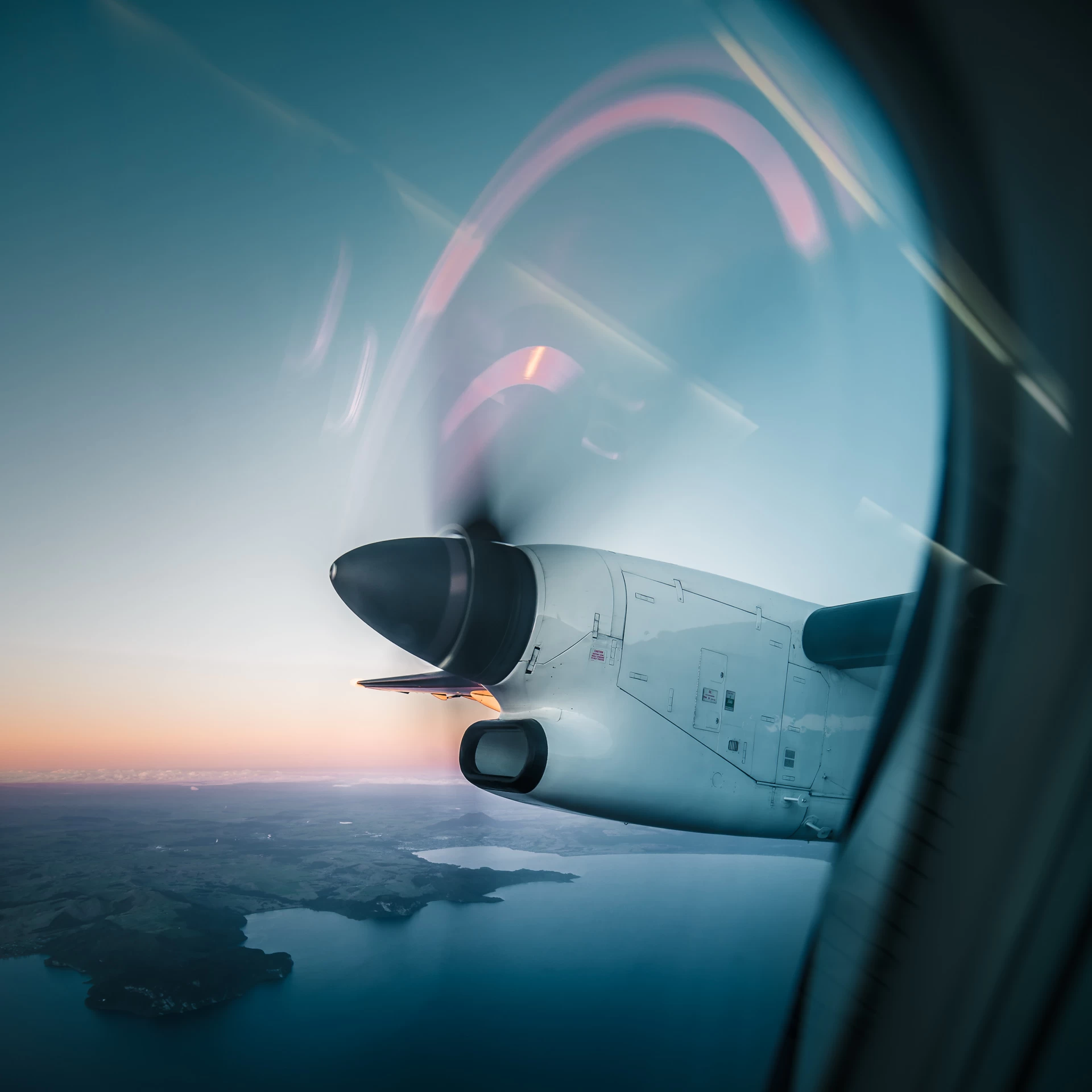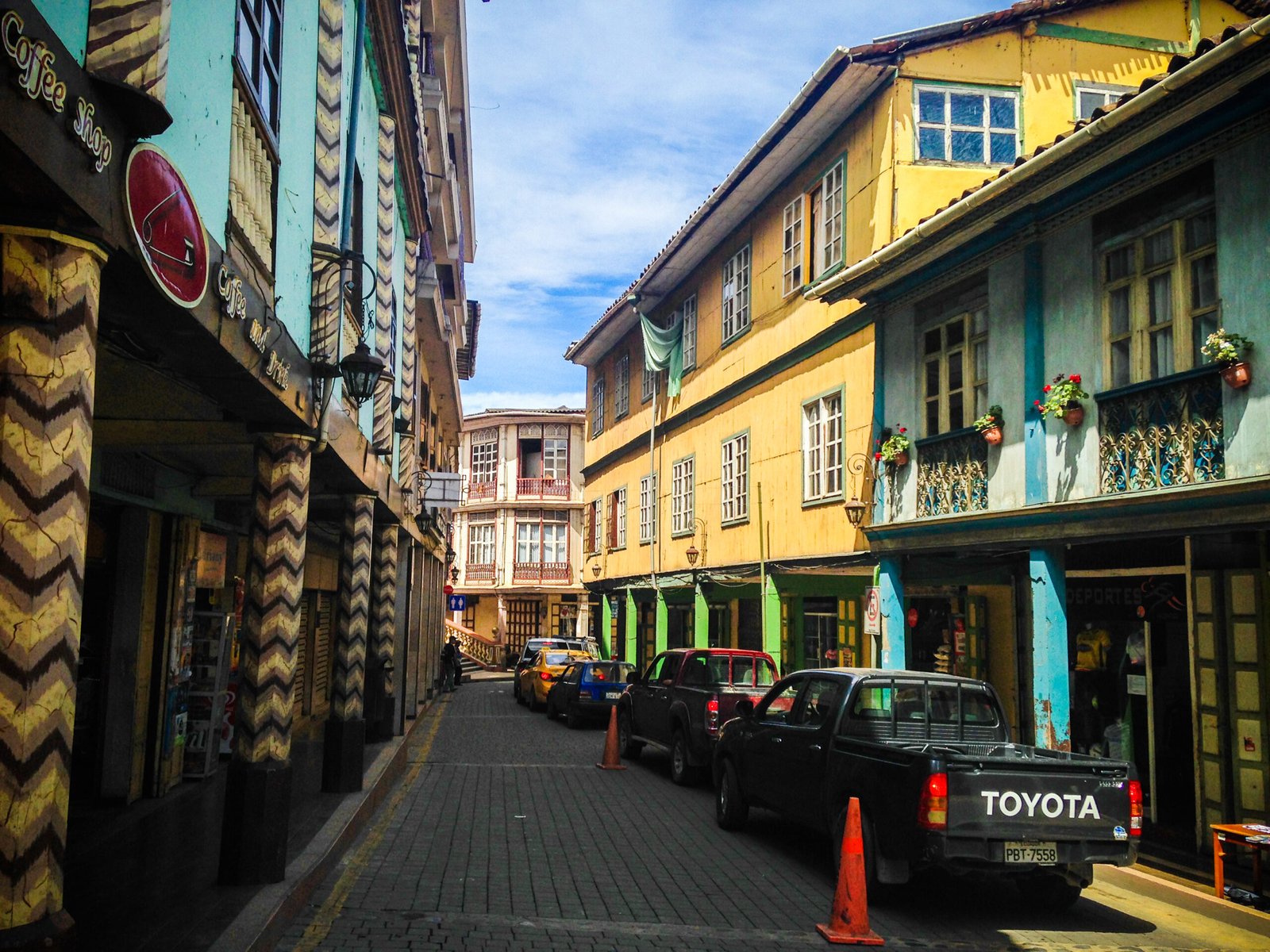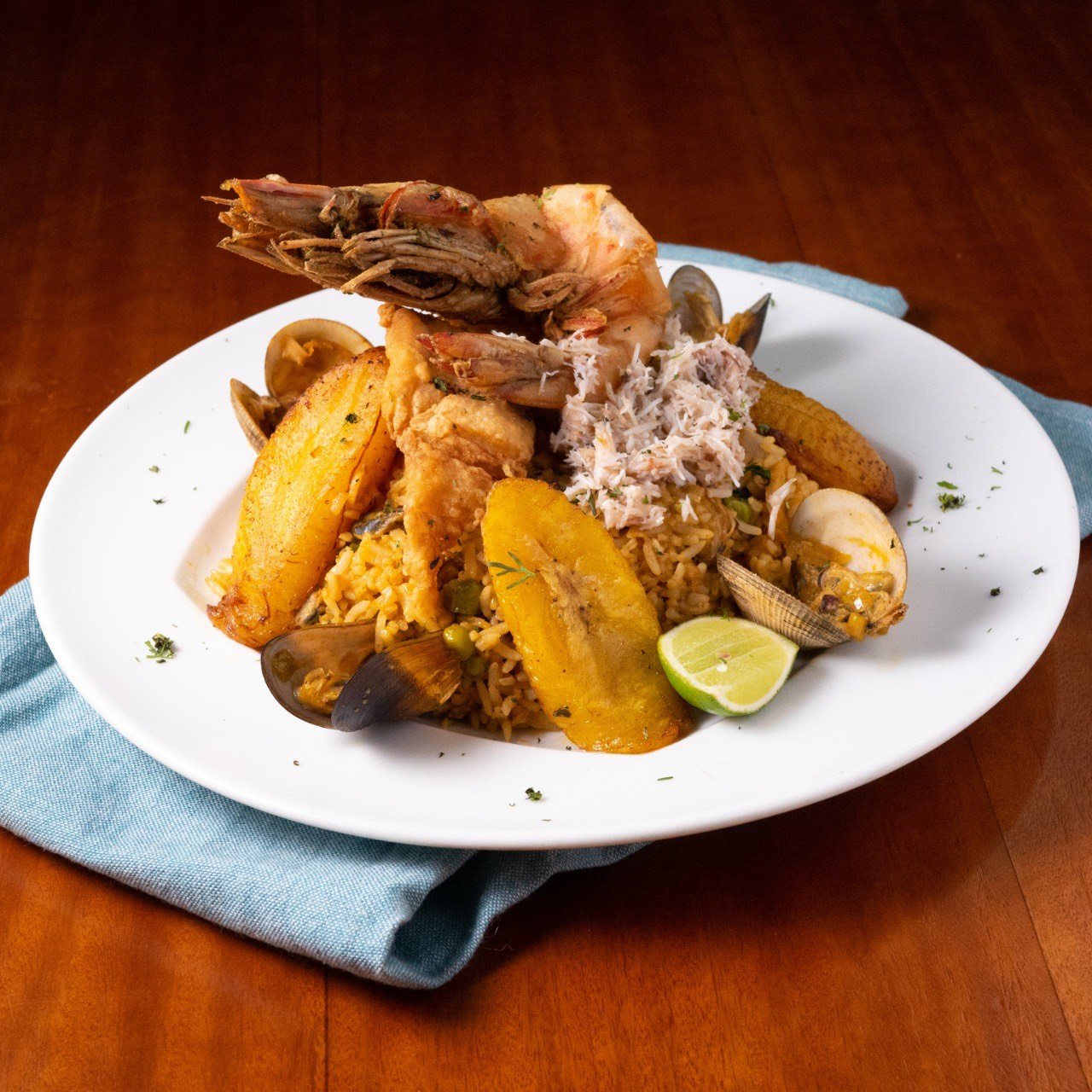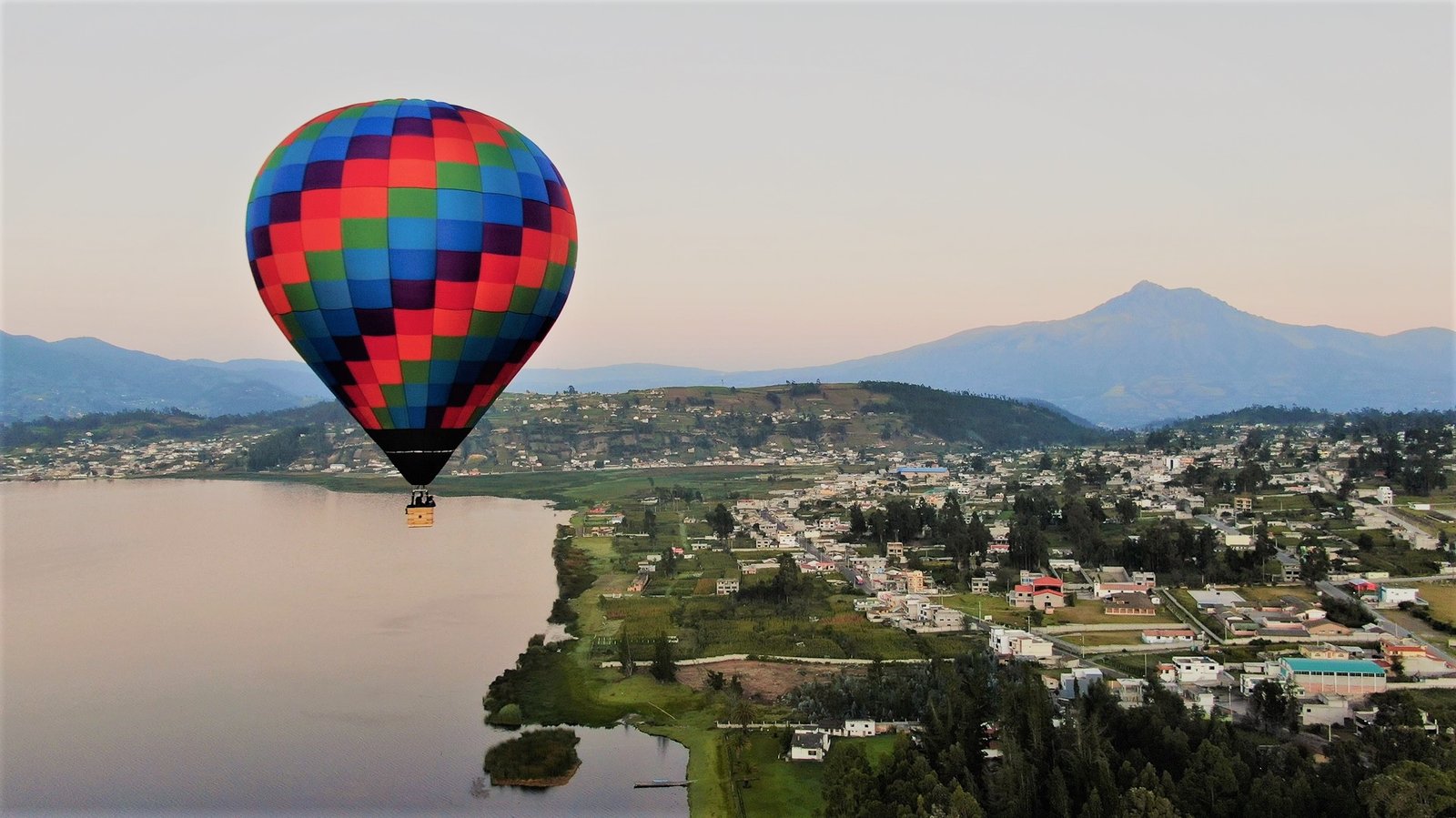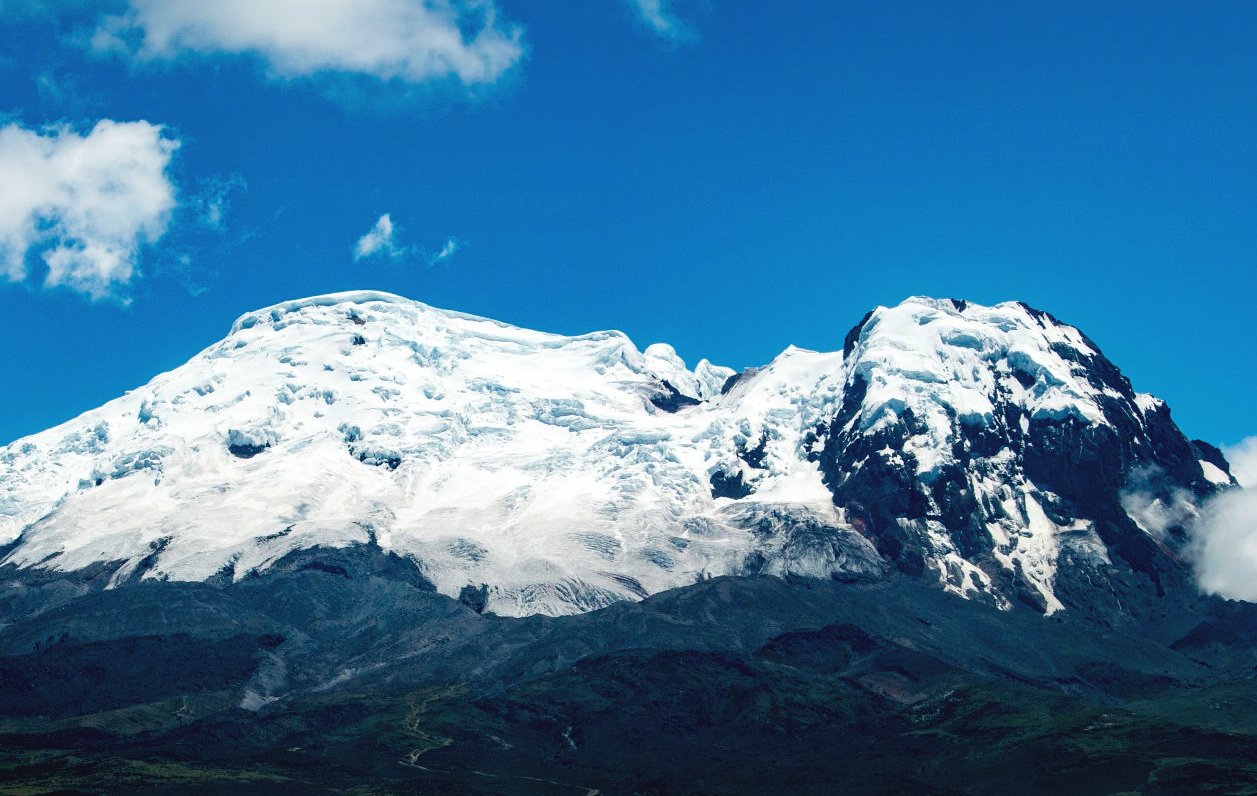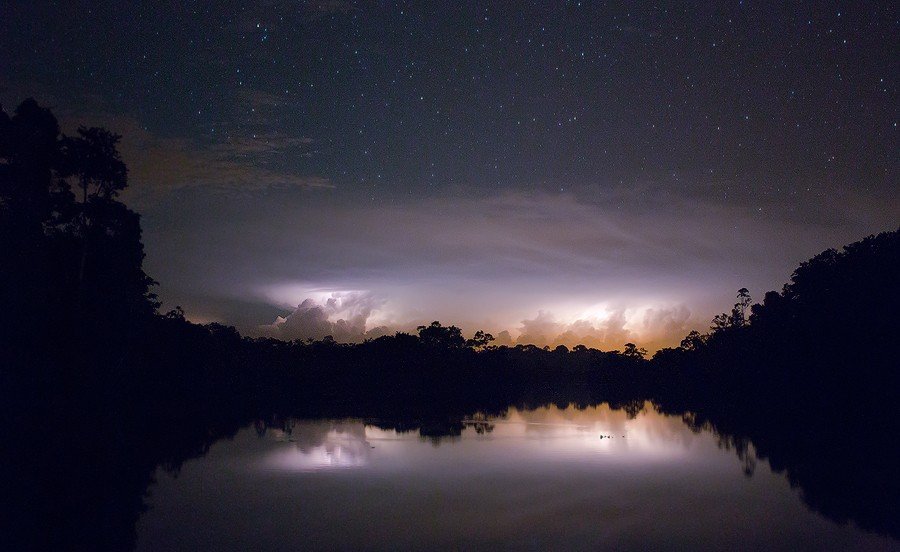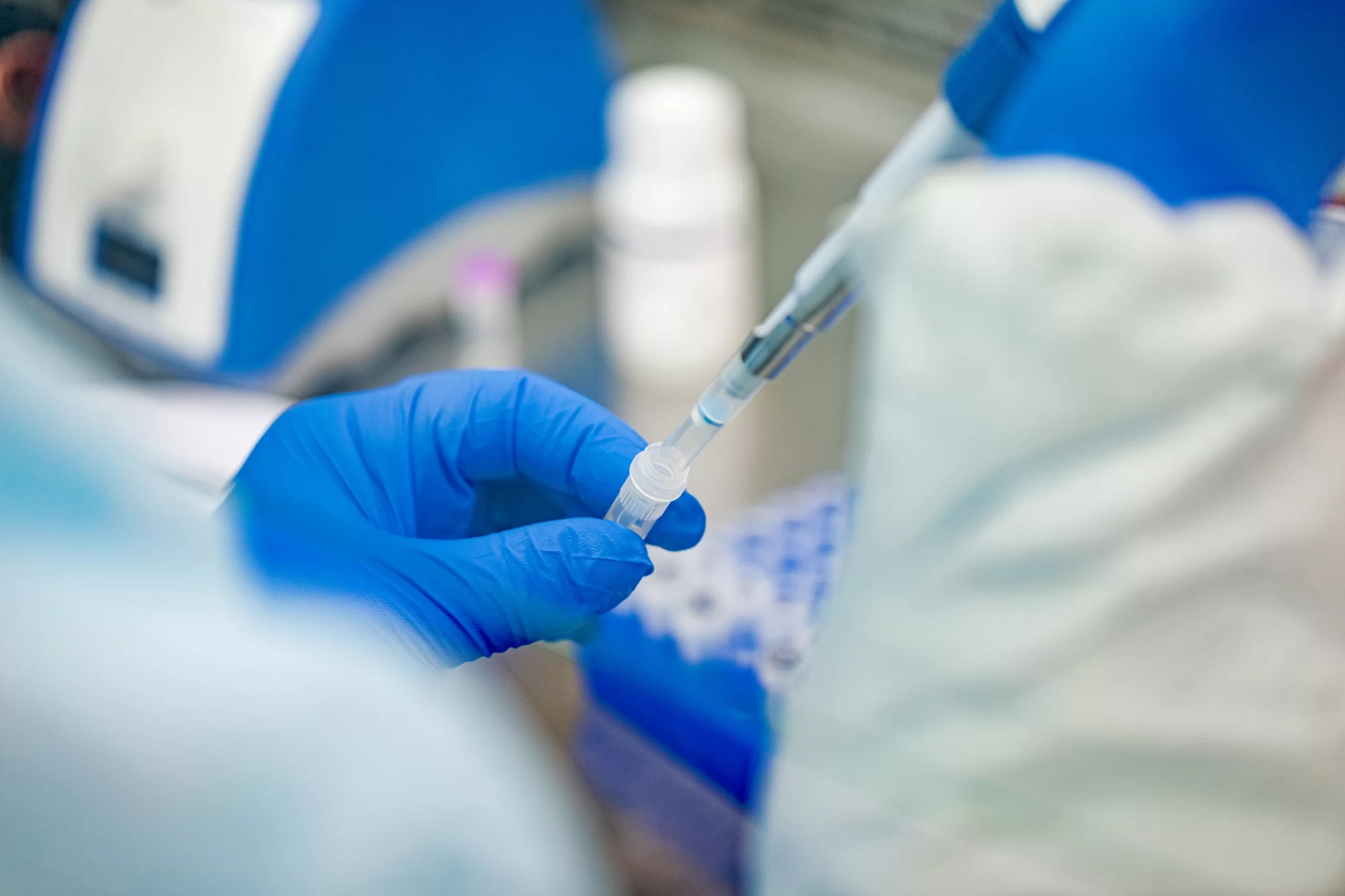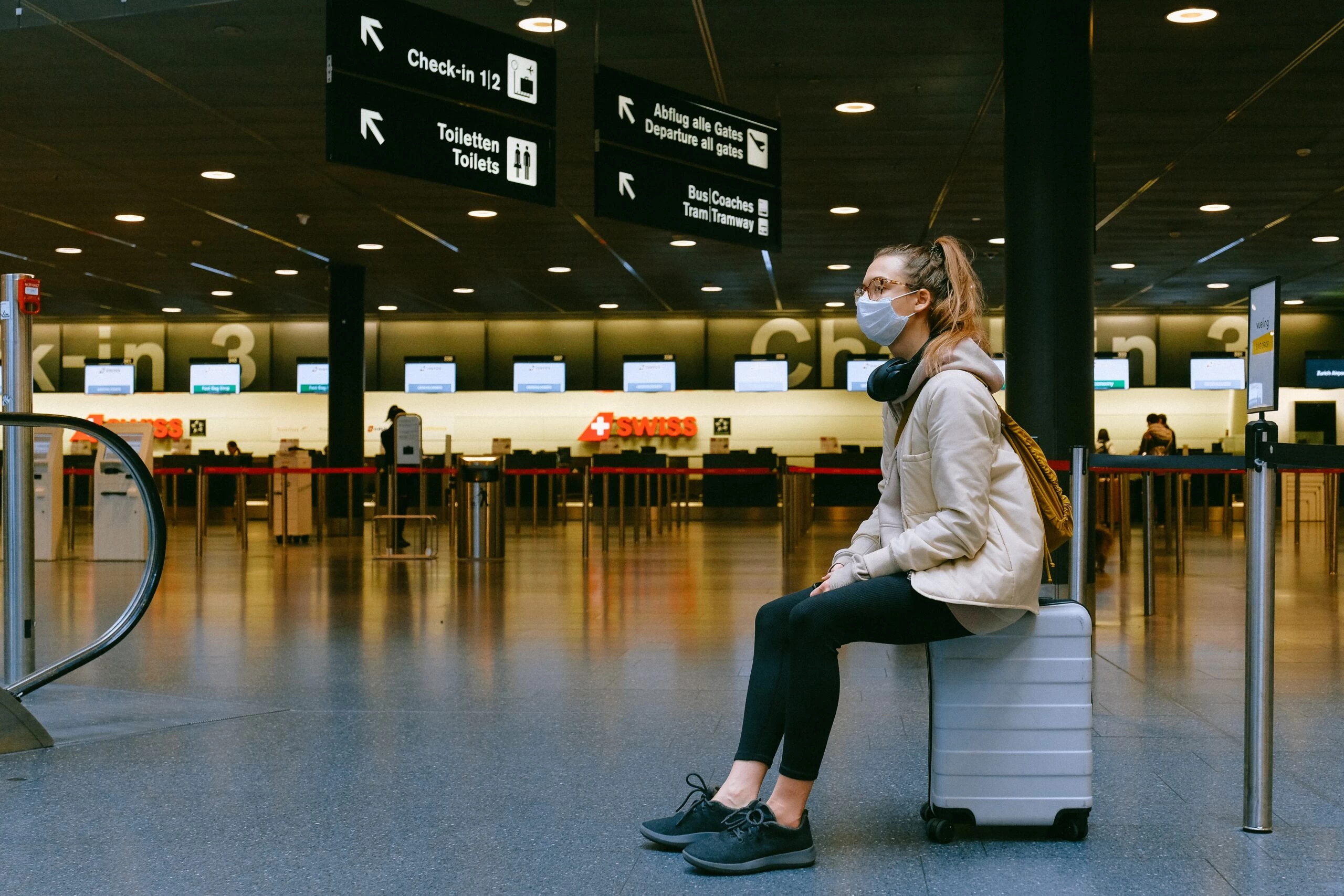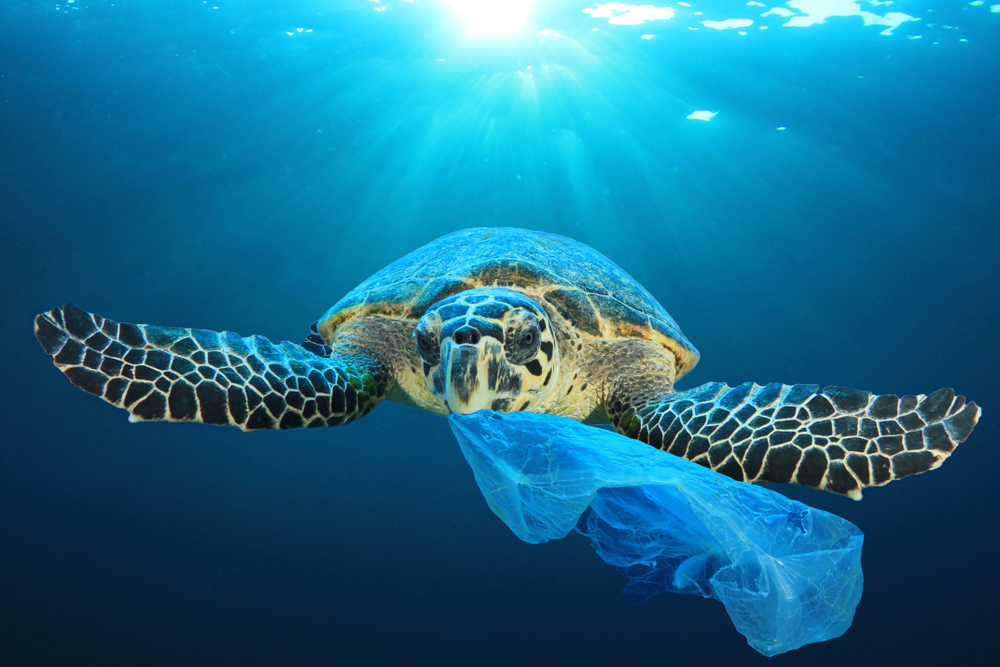El Malecón 2000 observado al atardecer.
The Malecón 2000 is a place where you can walk along the Guayas River and experience the history of Guayaquil.
Texto & Fotos: Trail Forth Journal.
The Malecon 2000 forms the border between the Guayas River and the city centre. This place is witness to the changes the city has undergone since its beginnings, as it has shaped the city’s growth and set the impulse and guidelines for its development. To visit the Malecón 2000 is to experience the history of Guayaquil, to feel the magic of a walk along the River Guayas. Visiting this place is undoubtedly one of the most recommended activities during your visit to the city.
The Malecón 2000 is part of Guayaquil’s history, because the foundation of the city on an area that was difficult due to the adverse conditions can be considered an adventure. Its location was wisely chosen to protect it from the floods of the river and the pirate attacks of the time. The city was forced to grow and expand, and a new layout was designed that has been preserved to this day – one of the few historical elements that still remain despite the geographical conditions and devastating fires that shaped the city.
In this historical review and from a variety of photographs and illustrations about Guayaquil reviewed during this publication. The will and tenacity of the population to control the geographical environment and set limits to the river are clearly evident. This is a clear indication that profound human intervention has always taken place in this area. In the 1930s, the Paseo de las Colonias was created to beautify the Malecón. It was equipped with plants, pavements, benches, lanterns, fountains and monuments.
The pier on the right. Paseo de las Colonias, Guayaquil, 1939.
The Malecon 2000 extends over a length of 2.5 km from Cuenca street in the south to Barrio Las Peñas in the north. It covers an area of about 21 hectares, tripling the area of the old Malecon.
Malecon 2000 - southern area.
Palacio de Cristal
The southern sector is the area between Cuenca and Colón streets. This area is characterised by its commercial and gastronomic offer. On an area of 3.97 hectares, there are buildings of historical value such as the Mercado del Sur (South Market) or Palacio de Cristal (Crystal Palace) and the Club de la Unión (Union Club). There are green areas, a lagoon, children’s playgrounds, a panoramic terrace with a wide gastronomic offer, a river walkway, recreational areas and monuments.
The Palacio de Cristal, formerly known as Mercado del Sur, is a building constructed in 1907. Today it is part of the city’s historical heritage and is considered the most important architectural element of this area of the Malecon due to its historical, aesthetic and volumetric value. It shares the square with the Club de la Union, the Plaza de los Artesanos and San Jose Church of, which revives the framework of history and architecture in this area. The Plaza de Artesanos is conceived as a building attached to the Palacio de Cristal, where the exhibition and sales are linked.
There is also a shopping centre divided into four galleries. Inside there are shops for clothes, shoes, technology and services. At the top of the shopping centre is the Mercado del Río. A new concept that offers more than 550 gastronomic options in an environment that combines the city’s 20th century architecture with French influence.
Southern area landmarks:
- Plaza de los Artesanos.
- Palacio de Cristal.
- San Jose church.
- Club de la Union.
- Plaza Olmedo.
- Centro Comercial.
- Plaza Gastronomica
- Mercado del Rio.
Malecon 2000 - downtown area.
Hemiciclo La Rotonda
The area is known for its institutional and civic atmosphere, as it is home to several listed buildings that are of great importance. It includes the Civic Plaza, which stretches from 10 de Agosto street to P. Ycaza street. The area is approximately 24,503.61 m2. There are several buildings in this area that are considered icons of the city, including: the semicircle of La Rotonda, which commemorates the meeting between Simon Bolivar and Jose de San Martin, the Torre Morisca or public clock, the Paseo de los Presidentes (monuments to former governors of the Republic who were born in Guayaquil) and several sculptures that preserve the spirit of the Paseo de las Colonias. —as this section of the Malecón used to be called because of the donations of busts and sculptures from foreign societies that lived in the city.
Torre Morisca
Here we also find the request of José Joaquín de Olmedo. He prescribed in the second article of a decree published on 13 October 1821 in the Patriot: “In order to perpetuate the memory of this great day, a column shall be erected on the quay of the city, bearing on its base the following inscription: Aurora del 9 de Octubre de 1820” (Dawn of 9 October 1820).
This monument was built in front of Palacio Municipal and consists of a translucent marble column. Furthermore, the Plaza Civica has four structures that refer to the four elements of nature: Earth, Air, Fire and Water. Two of them are viewpoints; there is also an esplanade with a series of fountains that create an extraordinary atmosphere at night. There are two traditional clubs such as Club Naval and the Guayaquil Yatch Club. This area is close to the Municipality and Governor’s Office buildings.
Downtown area landmarks:
- Reloj Pubico o Torre Morisca.
- Aurora de la 9 de Octubre.
- Muelle del Barco Morgan.
- Club de la Armada.
- Hemicilo de La Rotonda.
- Muelle del Buque Escuela Guayas.
Malecon 2000 - northern area
MAAC.
This is the area between P. Icaza streets and the Las Peñas neighbourhood, which covers an area of 11 hectares and is mainly used as a recreational area. There are no buildings of monumental character in this zone, however, there are two important museums that make it part of the national heritage and the city: The Anthropological Museum of Contemporary Art, also known by the acronym MAAC, it’s included in the Simon Bolivar Cultural Centre.
This museum has collections from the indigenous and modern periods. The collection includes around 50,000 archaeological pieces from the pre-Columbian period on the Ecuadorian coast between 8,000 B.C. and 1,400 A.D. There is also another collection of more than 3,400 modern works of art. The Simon Bolivar Cultural Centre offers several outstanding programmes, including exhibitions, lectures, forums, film screenings, performance art and outdoor activities. The Miniature Museum Guayaquil in History (Museo en Miniatura Guayaquil en la Historia) recreates real environments through dioramas with small scenarios and three-dimensional figures. This website shows the history of Guayaquil in its different phases between the XVI and XXI centuries. There are several squares in this area: Plaza del Vagón, Plaza de la Pirueta, Plaza Orellana.
The Jardines del malecon, with an extension of 35,650 m2, this ecological park of 22,000 m2 has been designated as a nature reserve, whose main objectives are the conservation of existing species, the cultivation of native species, the preservation of some trees threatened with extinction and the knowledge of introduced species. In addition, all the low vegetation is arranged according to the best-known or most typical botanical families of our surroundings, and perennials and shrubs have been planted under the trees according to their location and the prevailing light.
Safari Xtreme is one of the spaces that complement this area of the Malecón. It is an area with mechanical games that combines the concept of an outdoor amusement park, snack bars and an enclosed area with electronic games.
Northern area landmarks:
- Jardines del Malecon.
- Cinemamalecon
- Museo en Miniatura: Guayaquil en la historia.
- La Perla & Safari Xtreme.
- Museo Antropologico y de Arte Contemporaneo.
